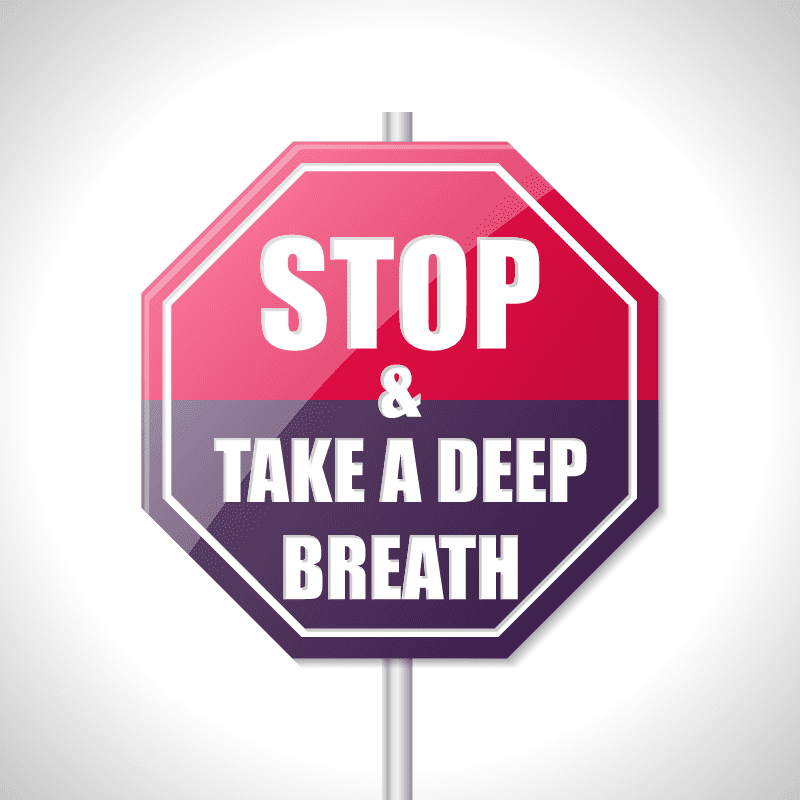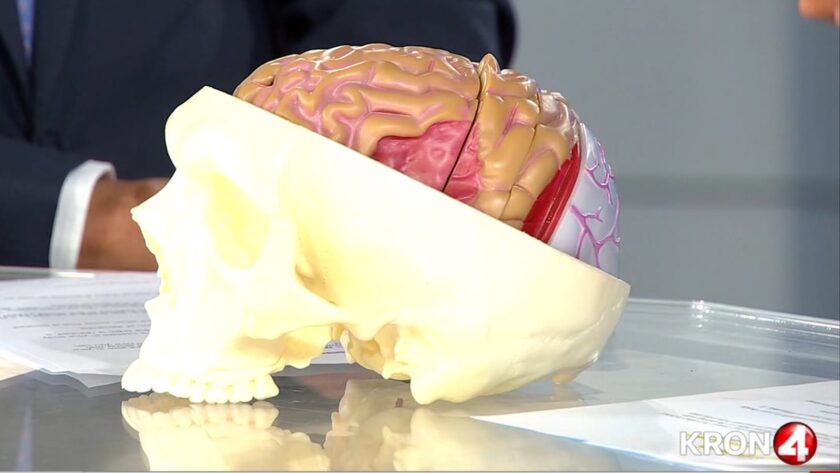High blood pressure not only damages the arteries in your heart but also in your brain. It increases your risk for stroke and memory loss later in life along with many other diseases. Here’s how you can improve your brain, heart, and overall health.
Brain-Blood Pressure Link
Your brain is fed by one of the richest networks of blood vessels in your body. When blood vessels are damaged and circulation to the brain is reduced, it can lead to vascular dementia.

Vascular dementia is the second most common form of dementia. (Alzheimer’s is the most common.) You can develop vascular dementia after a stroke when blood flow is blocked and your brain is deprived of oxygen.
Types of Strokes
87% of all strokes are ischemic strokes, that is, the stroke is caused by a clot that blocks blood flow to the brain. A clot or rupture in the blood vessel is usually the cause.

13% of all strokes are hemorrhagic strokes which can be more deadly. These kinds of strokes occur when an artery in the brain ruptures or leaks. High blood pressure is typically the cause of this kind of stroke.
Link to Disease
High blood pressure is often at the root of many diseases as well as conditions, such as inflammation. Chronic systemic inflammation plays a key role in chronic disease and pain, such as:
- Heart disease, diabetes
- Rheumatoid arthritis, cancer
- Parkinson’s, dementia, Alzheimer’s
- Digestive disorders
The Power of the Vagus Nerve
By controlling your blood pressure and inflammation, you have the power to help prevent disease. You can do this by stimulating your vagus nerve. The vagus nerve, also known as the “wandering nerve” (think vagabond or vagrant), is the longest of the 12 cranial nerves with multiple branches that wander to major organs — from your brain stem to organs (e.g., heart and lungs to the colon).
A Natural Tranquilizer
When you stimulate this nerve, it triggers the release of acetylcholine (a neurotransmitter) that induces calm throughout your body. Think of acetylcholine as a “tranquilizer” that you administer yourself through deep breathing. You can stimulate the vagus nerve and its release of acetylcholine when you slow your breathing from 10-14 breaths per minute to 5-7 breaths per minute.
Inflammation and the Vagus Nerve
Researchers at the medical center of the University of Amsterdam surgically implanted a vagus nerve-stimulating device in patients with rheumatoid arthritis (RA). They stimulated the vagus nerve four times a day for 84 days. (Rheumatoid arthritis is a chronic disease that damages joints causing pain, swelling, and joint destruction and results in significant disabilities.)
The Result: Inflammation and signs and symptoms of RA were significantly reduced.
NOTE! These results may have implications for patients suffering from Parkinson’s, Alzheimer’s, and other inflammatory diseases.
The 4-7-8 Breathing Exercise (or The Relaxing Breath)
 This breathing exercise stimulates your vagus nerve by slowing your breathing to 3 breaths per minute. Eyes can be open or closed.
This breathing exercise stimulates your vagus nerve by slowing your breathing to 3 breaths per minute. Eyes can be open or closed.
Steps to Stimulating the Vagus Nerve
- Exhale completely through your mouth.
- Then inhale (through your nose) to a count of 4.
- Hold your breath for a count of 7.
- Then exhale completely (through your mouth) to a count of 8.
- Repeat this pattern for a total of four (4) cycles for the first month.
How Often to Practice the Exercise
Do the 4-7-8 at least twice a day. After practicing the 4-7-8 breathing exercise for a month, you can repeat the cycle up to 8 times.
Breathing Tips
If you’re sitting, sit in a comfortable chair with back support that allows your back to be straight, so you’re not hunched over. When you have good posture, you can take nice deep expansive breaths.
- Wear loose clothing.
- Shift your thoughts/awareness to your breath.
- Choose a quiet place where you’re not distracted.
![]() Karen’s Fit Tip: This is one exercise you can do anywhere, and you cannot do it too often (e.g, sitting at your desk, when stuck in traffic, or when lying down).
Karen’s Fit Tip: This is one exercise you can do anywhere, and you cannot do it too often (e.g, sitting at your desk, when stuck in traffic, or when lying down).
Practice deep breathing consistently, so your blood pressure may become lower consistently.





